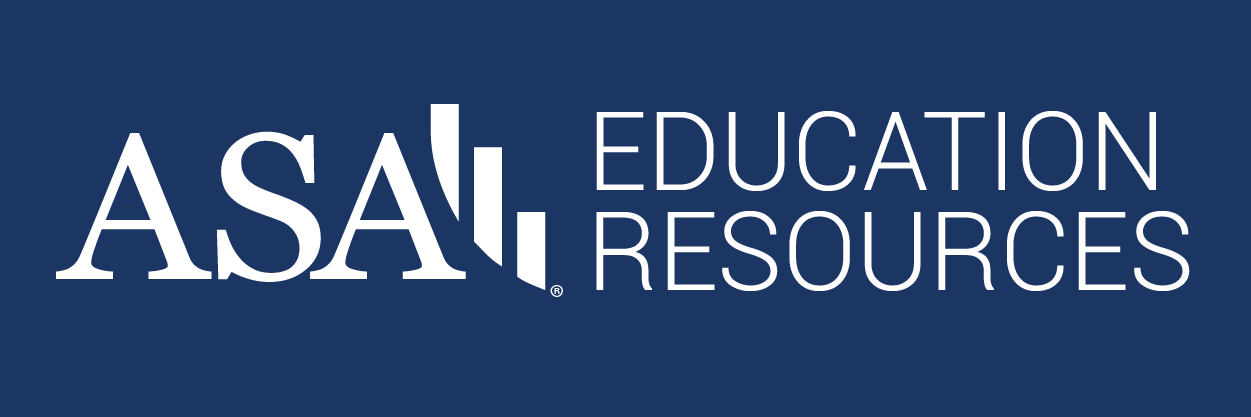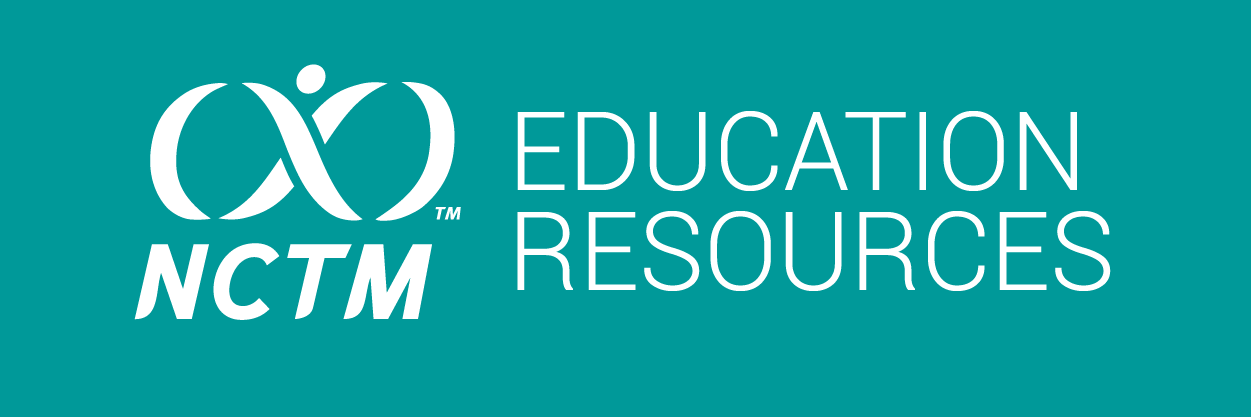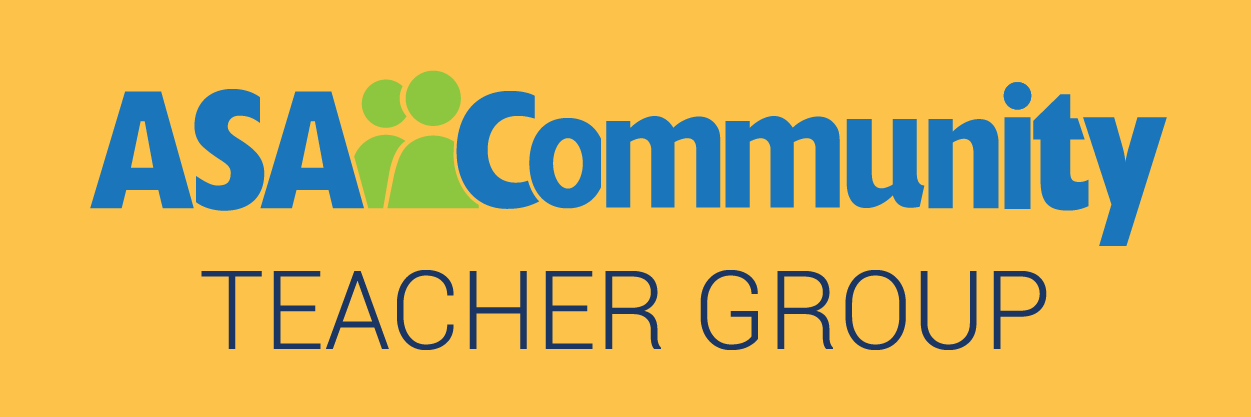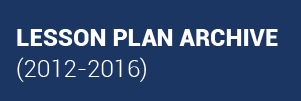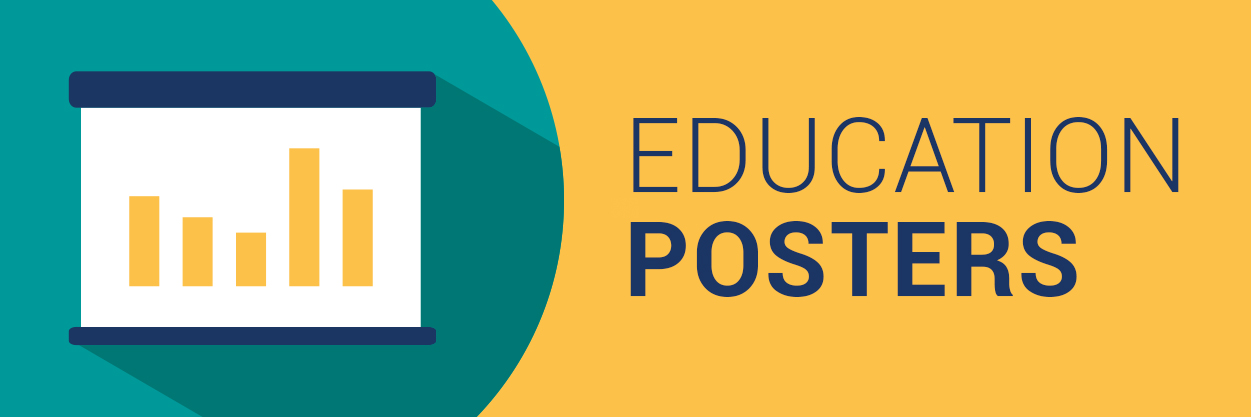Lesson Plan: Bubble Trouble!
Peter Banwarth
(Grades 6-12+) Originally published in May 2014, this lesson has the following two goals:
- Have students generate data and calculate descriptive statistics to describe the distribution of a sample drawn from a random process
- Compare trials from different experiments and use them to make some judgment about the underlying processes
In this lesson, students will determine if the size of a bubble blown in water is affected by different additions to the water. Students will design an activity to explore this and have fun blowing bubbles. They will use numeric summaries—including the mean and 5-number summary, comparative boxplots, and dotplots—to summarize the data they collect. Students will draw conclusions about the effect of additions to water on bubble size based on these numerical and visual representations of the data.





